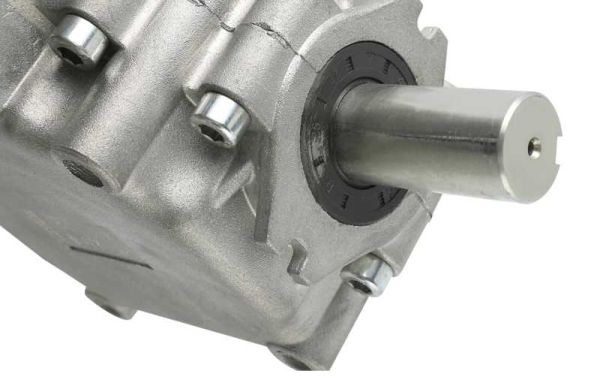Components of Gearboxes: Gears stand as the backbone of gearboxes, engaging with one another to transmit motion and regulate speed and torque. Shafts provide support and linkage for the gears, ensuring seamless power transmission, while bearings reduce friction and promote smooth rotation. The gearbox housing encases and safeguards these internal components, with the lubrication system and seals enhancing operational longevity and performance.
Functions of Gearboxes: Gearboxes excel at altering speed and torque outputs to match the unique demands of different applications. Whether increasing torque while reducing speed or vice versa, gearboxes deliver the necessary power adjustments. Moreover, they offer the flexibility to reverse rotation direction, provide mechanical advantage, and shield equipment from overload conditions, contributing to operational stability and durability.
Applications of Gearboxes: In the automotive realm, gearboxes are integral to vehicle transmissions, enabling seamless gear shifting and enhancing fuel efficiency. Industrial machinery leverages gearboxes in conveyor systems, manufacturing processes, and material handling equipment to regulate speed and torque effectively. Aerospace industries rely on gearboxes for aircraft engines, rotor systems, and landing gear mechanisms, ensuring safe and efficient operations.
Search
Popular Posts








